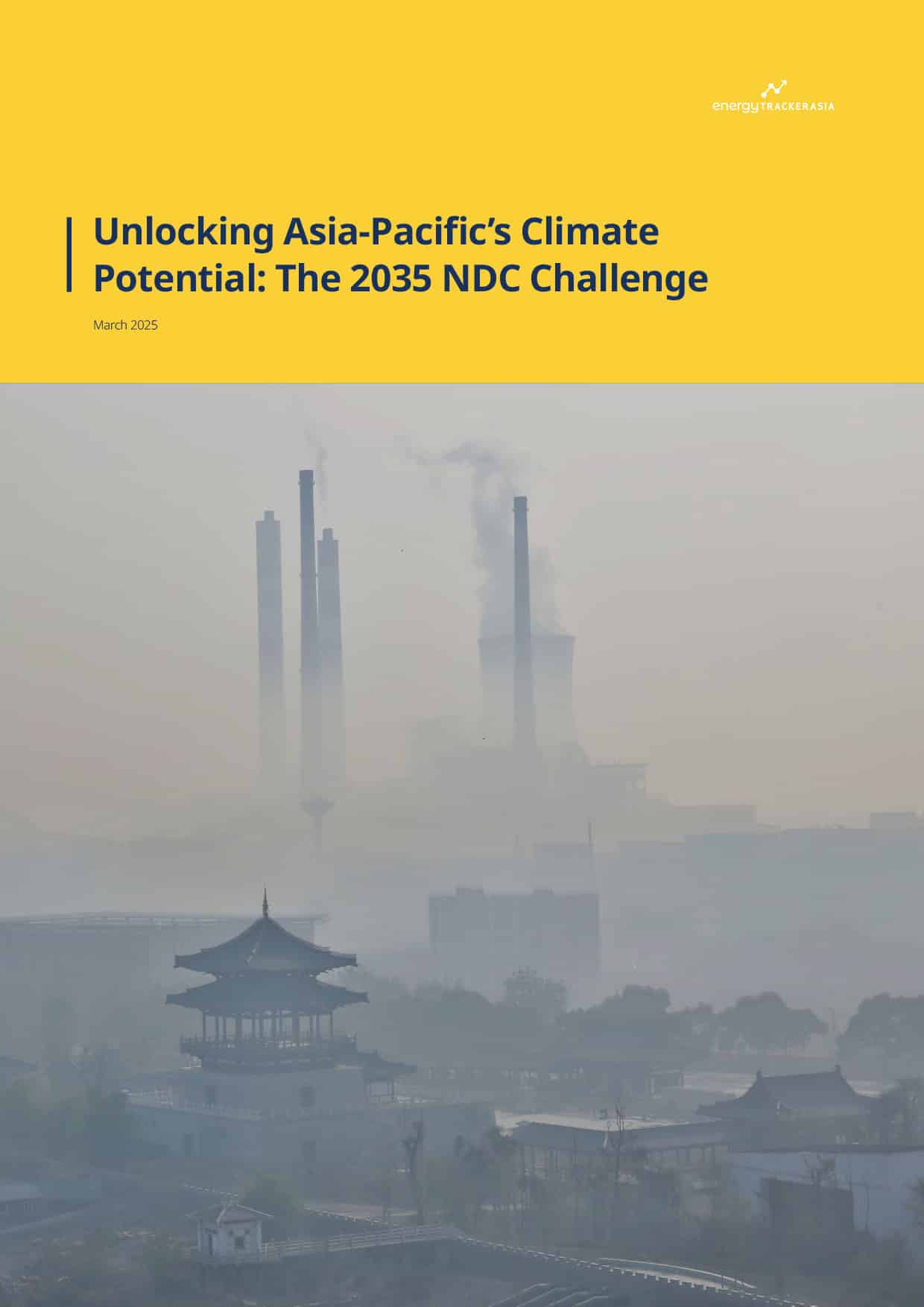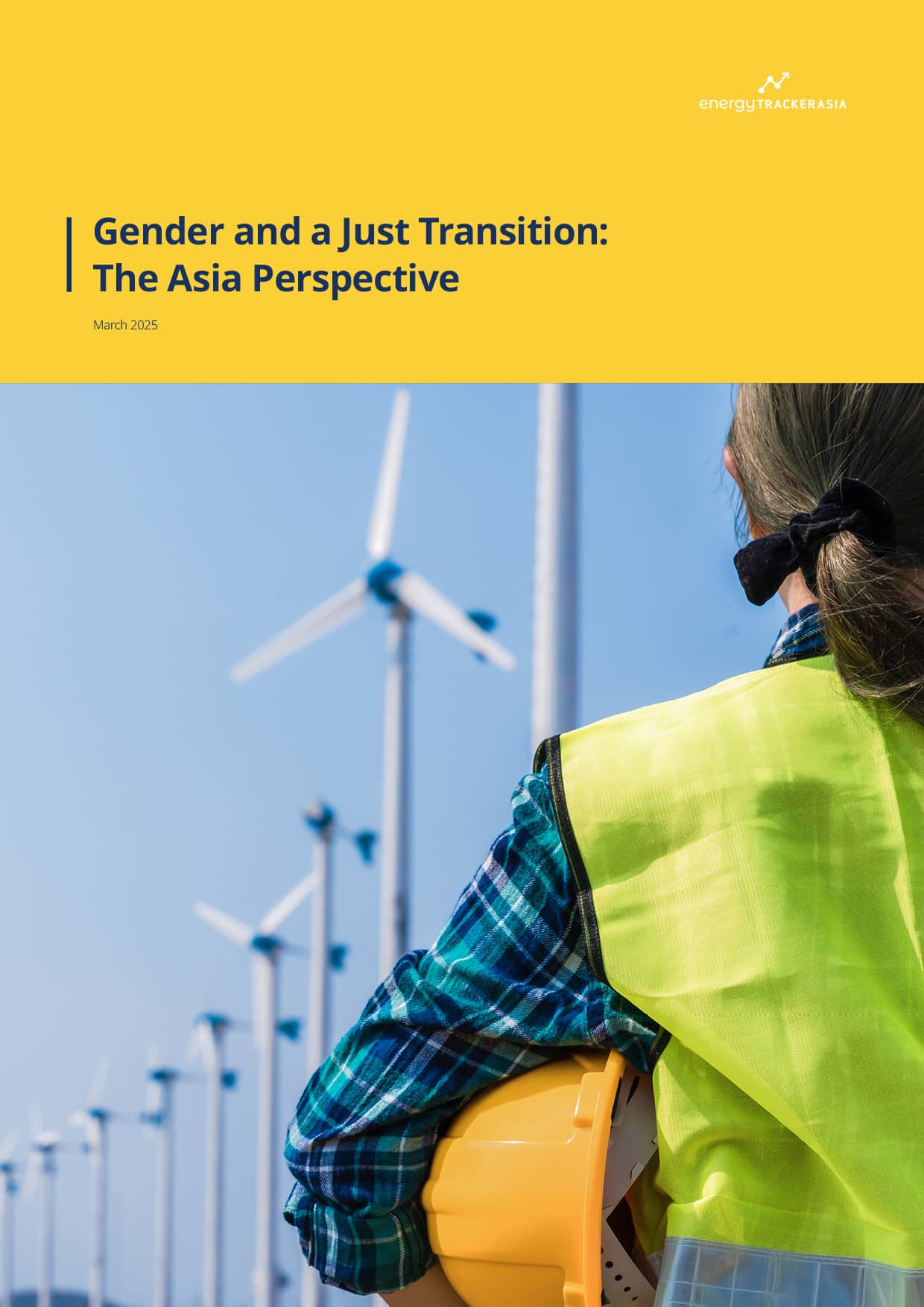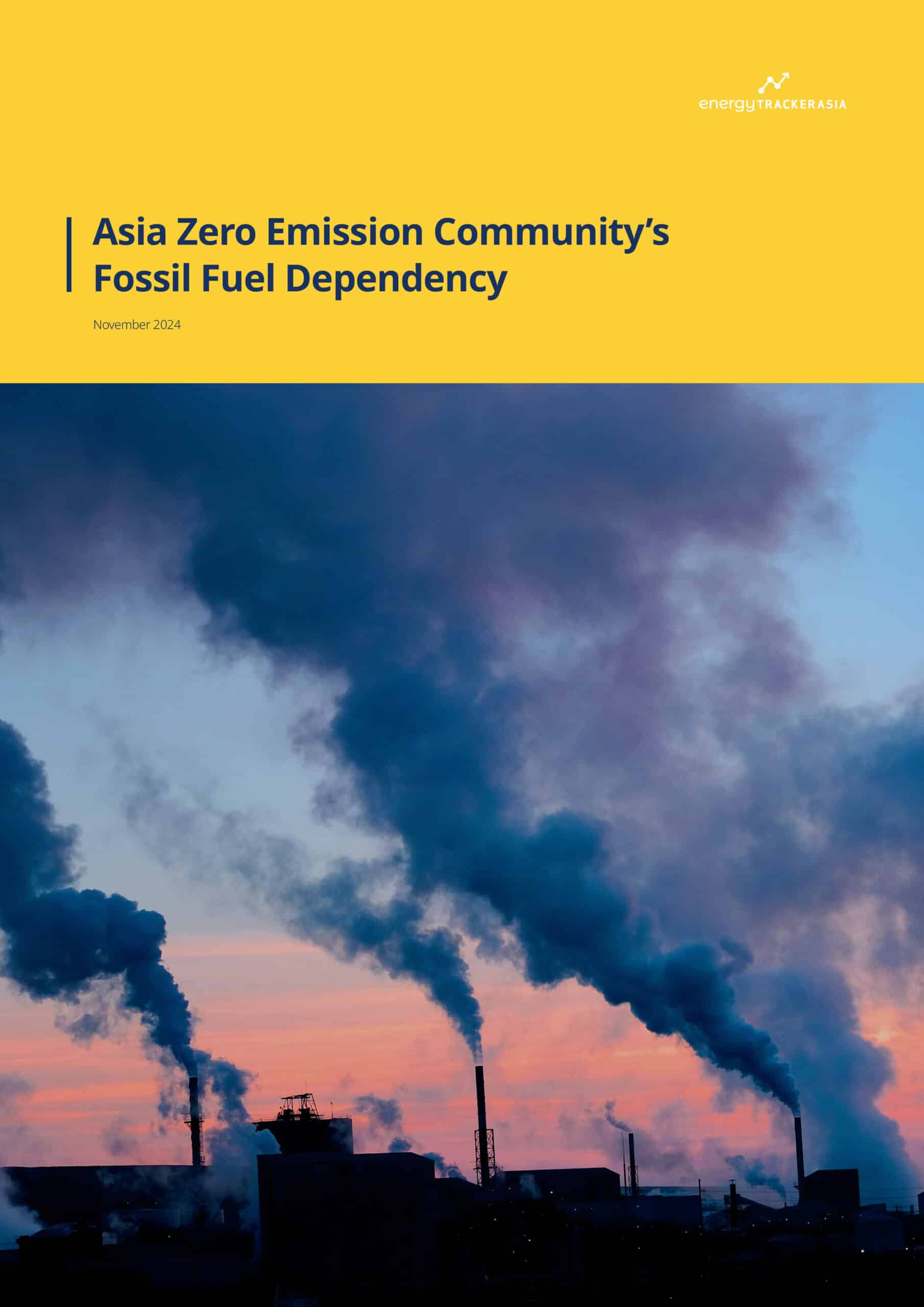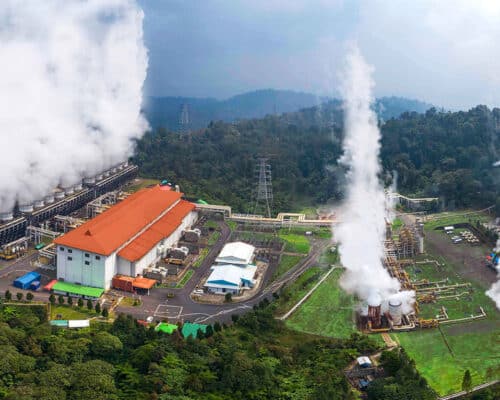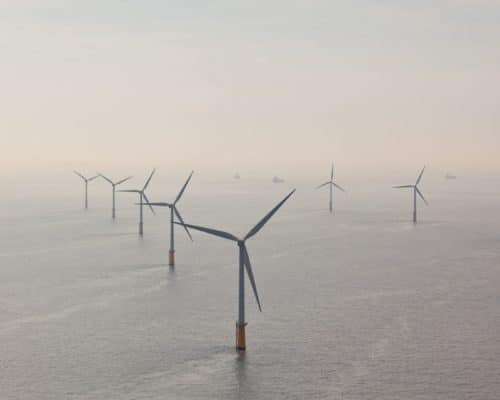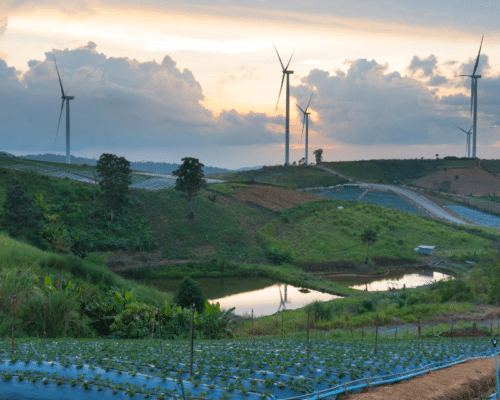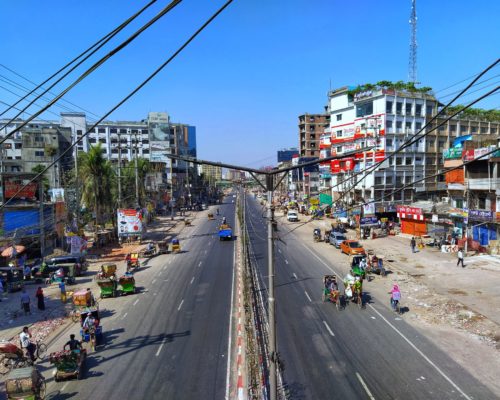Floating Wind Farms: Indonesia’s Deepwater Bet Against Coal
Source: BRINK
01 September 2025 – by Tim Daiss
Despite emissions reductions from renewable energy, including floating wind farms, coal still supplies energy for half of Southeast Asia’s electrical grid. It also produces around 80% of the region’s power-sector emissions. Meanwhile, no country in the region leans on coal more than Indonesia, the region’s largest economy.
But the same geography that makes the archipelago nation so dependent on coal may also hold the key to phasing it out. Floating offshore wind farms, moored in the deep waters off Java, Nusa Tenggara and Sulawesi, could give Indonesia a new path to reliable electricity generation without the land constraints that complicate solar power and onshore wind power projects. A floating wind farm is essentially an offshore wind turbine fixed to a floating platform, rather than the seabed itself.
Renewable Power Generation
For a country pledging net-zero by 2060, the question isn’t whether to diversify away from coal — it’s whether the right tools can be unlocked fast enough. As Energy Minister Arifin Tasrif told delegates at COP26, “The transition to net zero emission requires energy infrastructure, technology and financing. With improved infrastructure such as grid interconnections, we [Indonesia] will have the opportunity to optimise the utilisation of new, renewable energy.” Floating wind isn’t a niche fix — it may be the only viable way to tap Indonesia’s vast wind potential at scale.
A Resource Waiting at Sea
Since Indonesia is made up of some 17,500 islands, it has no shortage of raw wind potential. Government-backed assessments recently put the country’s wind power potential at around 155 gigawatts (GW), compared to an installed base of only 0.16 GW. The scale of the gap between potential offshore wind power and current development is startling.
Bathymetry, the measurement of water depth at various places in a body of water, explains why. Beyond 50 metres, seabeds around Java and much of the Indonesian archipelago drop off too steeply for fixed-bottom turbines. The strongest wind resources lie further offshore, in waters far deeper than conventional foundations can handle. These types of floating turbines (spar, semi-submersible, or tension-leg) are engineered for exactly these conditions, which is why an Association of Southeast Asian Nations (ASEAN) Centre for Energy study flagged 10 coastal regions as suitable for floating offshore wind energy development.
Floating Wind Turbines in Indonesia
Unlike land-hungry solar parks or contested onshore wind projects, floating wind turbines avoid Indonesia’s chronic land acquisition problems. They can be deployed in deep coastal waters close to demand centres like Java and Bali, plugging straight into urban grids.
In short: Indonesia’s seas hold the scale, geography and timing that could turn floating wind from an experiment into one of its main power sources. For the country, it’s the optimal offshore renewable energy source.
Rules That Can Make or Break
Indonesia, however, has a track record of stranding power projects in bureaucratic red tape. Permitting is slow, procurement remains uncertain and grid connections are often opaque. For years, foreign investors walked away, taking their funds with them.
Now, the situation is finally changing. Indonesia has moved to lower its minimum combined local content requirement (both goods and services) for wind power plants to approximately 15%. It’s a shift that provides the flexibility to use imported components where domestic supply chains still need development. This is critically important for pilot or foreign-financed projects.
Helping even more, Indonesia’s state utility Perusahaan Listrik Negara (PLN) has unveiled a new power plan covering 2025–2034. It calls for 69.5 GW of new capacity. About three-quarters of that will come from renewable energy technology and storage — mainly solar, wind, batteries and pumped hydro power. The figures come from government briefings, as the full text has not yet been released.
Diplomatic signals are also aligning. Indonesia held talks in May with Denmark — one of the world’s offshore wind pioneers — on marine spatial planning and offshore wind cooperation. By framing floating wind as part of Indonesia’s broader “blue economy,” and not just an energy project, the government can tie it to jobs, fisheries and marine development, making it easier to win political support.
But the bottom line hasn’t changed. Floating wind will only move beyond just being an idea on paper if Indonesia proves it can streamline permits, guarantee off-take and sequence auctions.
Pros and Cons of Floating Offshore Wind
Floating offshore wind farms bring clear advantages. They can be scaled up once pilot projects succeed, avoid Indonesia’s chronic land-use and permitting problems and unlock wind resources where fixed-bottom turbines can’t reach.
But problems persist. High upfront costs, complex permitting and reliance on imported technology still make floating structures expensive until economies of scale and supply chains mature. Yet, experience across the Asia Pacific shows those costs fall sharply once the first 2–3 GW are in place, as installation expertise, turbine manufacturers and finance markets adapt.
Regional neighbours Vietnam and the Philippines have already used early pilots and steady auction schemes to bring offshore wind closer to grid parity. South Korea and Japan are doubling down on floating variants. Without a credible pilot pipeline, Indonesia risks falling behind.
Foreign partnerships are crucial here: Denmark for know-how, multilateral banks for de-risking and global wind turbine manufacturers for technology. For investors, the bigger question is whether Indonesia can guarantee off-take and grid upgrades, the very conditions that will decide if floating offshore wind follows the same cost-decline curve seen elsewhere in the region.
A Pragmatic Innovation
Indonesia doesn’t need another “potential” report on floating wind farms. It needs a credible pilot, a procurement process that works and a financing model that signals seriousness. Coal is still locked in, natural gas is still growing and emissions continue to climb. But floating wind offers a rare alignment: resource abundance, geography that fits the technology and political signals pointing toward openness.
For Indonesia, floating wind isn’t just an innovation frontier. It’s a pragmatic way to bend the emissions curve, keep the lights on and prove that deep water can carry the weight of its energy transition.
by Tim Daiss
Tim has been working in energy markets in the Asia-Pacific region for more than ten years. He was trained as an LNG and oil markets analyst and writer then switched to working in sustainable energy, including solar and wind power project financing and due diligence. He’s performed regulatory, geopolitical and market due diligence for energy projects in Vietnam, Thailand and Indonesia. He’s also worked as a consultant/advisor for US, UK and Singapore-based energy consultancies including Wood Mackenzie, Enerdata, S&P Global, KBR, Critical Resource, and others. He is the Chief Marketing Officer (CMO) for US-based lithium-sulfur EV battery start-up Bemp Research Corp.
Read more